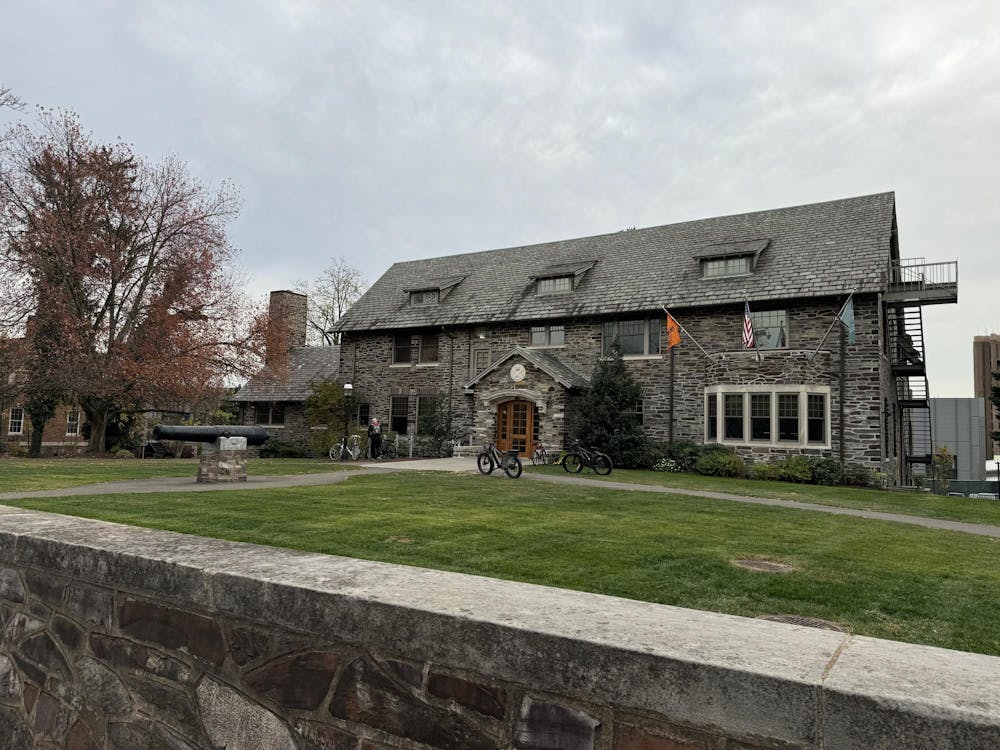Each year, Street Week brings exciting opportunities, as hundreds of sophomores navigate the eating club selection process — but with Bicker clubs, on average, rejecting nearly two thirds of applicants, it also brings disappointment for many students.
Tower, in particular, had a drop of 17 percentage points in its acceptance rate — the lowest since at least 2018. No club had a significant increase in acceptance rate. This Street Week, 624 students were offered spots in Bicker clubs, compared to 629 in 2024 and 633 the year before. The Class of 2027, with 1,366 members, is the second expanded class year to participate in Street Week.
With hundreds of students vying for limited spots, some individuals felt daunted by the numbers. Olivia Bell ’27 held the perspective that Bicker felt less about personality and more about connections.
“Cap, I didn’t think I’d get in … I think it’s mainly about who you know, and not as much about your character and if they like you as a person,” said Bell. She ultimately joined Charter.
“I had trouble believing that out of the 400 people bickering Cap, they’ll like me over 300 other people — for a while, I thought to myself, is there even a point bickering?” added Melody Cui ’27. She is now a member of Cap and Gown.
Despite increasing interest in Cap and Gown, its accepted class sizes have remained relatively constant in recent years. While most clubs have increased membership to accommodate growing demand, Cap is the only Bicker club that has not substantially expanded since at least 2021. This lack of change has made an already selective process even more competitive, as more students apply for the same number of spots each year.
While Tower accepted one of its largest Bicker classes since 2000, its acceptance rate also dropped significantly from last year, making entry into the club more competitive than expected. This trend reflects growing interest in Tower.
Though double Bicker was instituted for all clubs in 2017, offering students more flexibility, the uncertainty surrounding admission still impacts how some students rank their club preferences.
“When I was ranking the clubs, I was thinking about what club I would want to go to the most, but also realistically what club would I have a chance of getting into,” Cui explained. But ultimately, she decided to trust her instincts. “At the end of the day, they’ll choose what they want, so I should choose what I want too.”

Some clubs, like Charter and Cap, have started accommodating for the size increase. Charter, for instance, is currently expanding its dining space, while Cap added a new wing to their dining room.
Overall, the number of newly admitted Bickerees hasn’t kept up with Princeton’s growing class size, leaving acceptance rates tighter than ever. For the coming years, students may expect to continue bickering with a mix of excitement, strategy, and uncertainty, hoping in the end to find a place that feels like home.
Chima Oparaji is a staff Data writer for the ‘Prince.’
Please send any corrections to corrections[at]dailyprincetonian.com.








